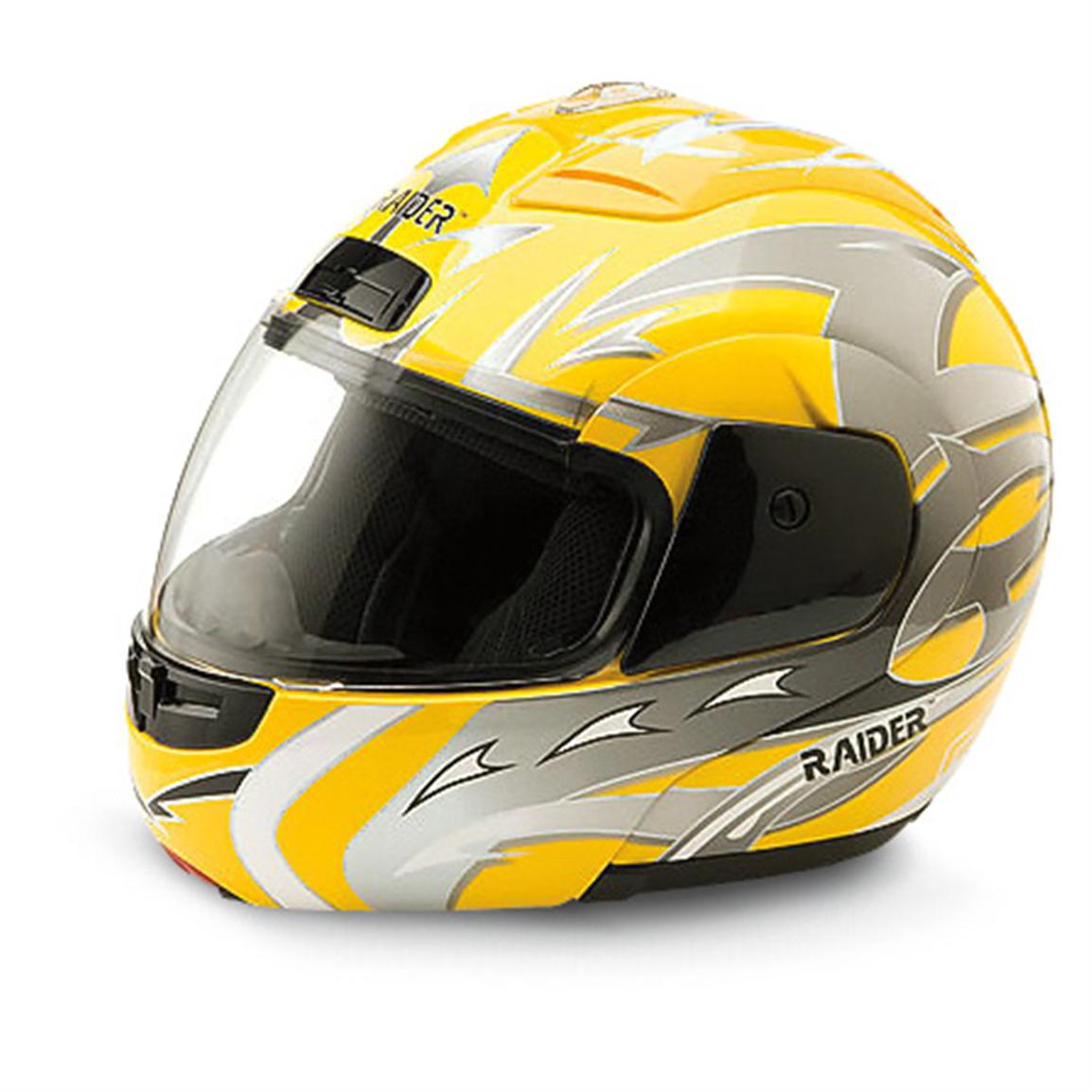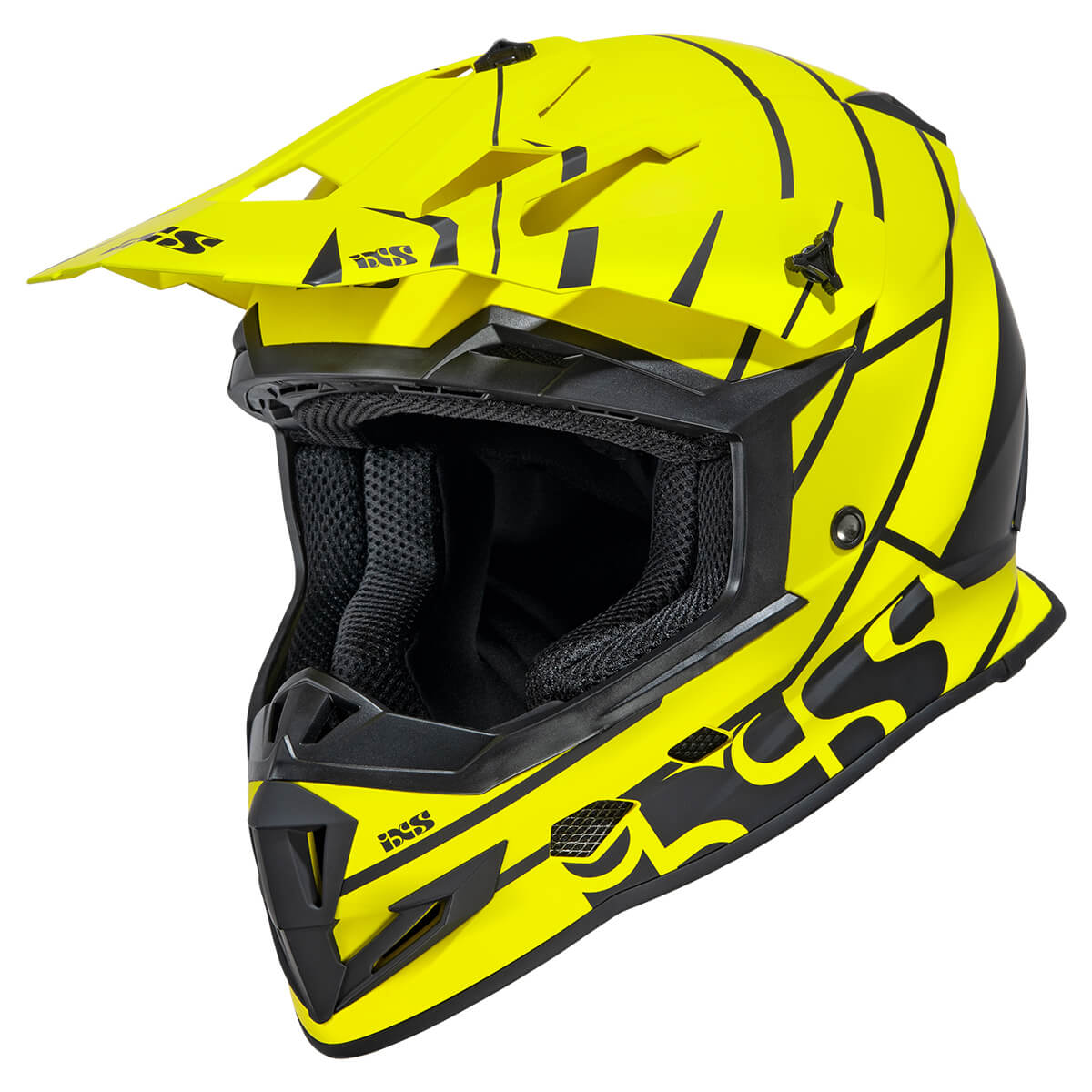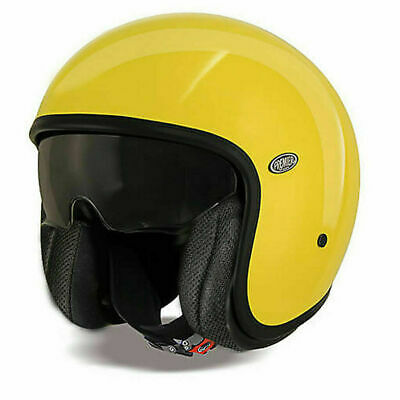CBT information / Study Guide
We want to do all we can to ensure you get through your CBT as smoothly as possible; please help us to do this by reading all the information here. If you need further assistance please contact us.
Please arrive ready to start at the time given. Ideally, 10-15 minutes prior to your appointment time so that we can make a prompt start.
You must have your licence with you at the start of your course. Please check before booking if you are unsure if your licence is valid – i.e. issued outside of UK. If you forget your licence we cannot start the CBT. Your licence must be complete and legible. This is a legal requirement and is not negotiable.
Bring lunch/snacks/drinks! Learning is hard work if you are hungry, and you will be burning calories. We do not recommend high caffeine energy drinks; while they may give a temporarly lift, concentration levels can drop off very quickly leaving you feeling drained quite soon after.
You must have a good knowledge of the Highway Code, please take the time to study before your CBT. If you are new to the road and have not studied the HWC you are unlikely to successfully complete the CBT. We will do our best to help with any misunderstandings, but it is not practical for us to sit and read it all out to you.
You will need to study the Highway code, as it is not practical for us to sit and read it to you.
Medical & Learning needs. If you are taking any medication that may affect your balance or make you drowsy, you must inform us prior to your course beginning. If you have any special educational needs, we will accomodate you as far as is practicable, including 1 to 1 courses when appropriate, please mention this when booking. If English is not your first langauge and you feel you may benefit from additional time for explanations during you training, please inform us when booking.
Please wear suitable clothing. We are happy to loan you a Helmet, jacket and gloves for the day, (COVID-19 update. Unfortunatley, we can no longer supply loan equipment without increasing risk of potential infection, so until further notice you will need to be equipped with your own Helmet, jacket Leg protection & gloves. If you are unable to purchase these prior to your lesson, please let us know as soon as possible so we can discuss the potential loaning of equipment which we will need to sanitise and quarantine before and after your lesson).
If you arrive with inadequate clothing, (and not informed us as requested in the previous statement) we will not allow you to start the course. Thick jeans and boots covering your ankles are a bare minimum. We recomend reading the DVSA miniumum clothing standards. Please be aware that if you do not comply with the minimum clothing standards (Link here), we reserve the right to refuse training, which will result in a loss of fee.
Please dress appropriately for potential changes in weather.
What to look for when buying a helmet..?
For a helmet to be legal in the UK it must be approved. What does this mean?
It means that if you see a listing on ebay saying it’s a “novelty helmet” or a “scooter helmet” it may not actually be safe to use.
The approval you are looking for is “ECE-R 22-05” -or- “ECE-R 22-06” This is sometimes referred to as UN-ECE.
DOT or SNELL approvals may be approved for certain track events but not for UK roads. Sometimes helmets will have multiple approvals. ECE approval is the one you are looking for. The UK Goverment advice is here
Other information about the use and care of helmets
Another legal requirement is that it is securely fastened. When buying a helmet, you should definitely try it on before you buy, which means visiting a shop, ask how to operate the strap/buckle on that particular helmet as there are lots of variations.
There should be some kind of instructions that come with it that will give you this information if you forget to ask, the info will also give you care instructions to help get the longest life out of your investment, as well as giving you helpful tips like reminding you not to use abrasive cleaners and not to eat any part of the helmet*. It will let you know when to replace it, even if you look after it, it will have a maximum service life.
(*Honestly, if you need to be told not to eat the helmet, you should probabaly not be let outside without adult supervision. Please advise us if you feel a little peckish.)
So what kind of helmet should I buy?
There are a few types, and they each have their pros and cons.

Full face – These are probably the most common and popular type. Offers the best protection, It’s got built in eye protection which keeps rain and wasps out of your face.
No one likes wasps in the face right?

Motorcross – Designed for off road use, the large face opening allows for heavy breathing without fogging up the (non existent) visor. Yeah, you’re gonna need goggles and finding approved gogges isn’t going to be easy or cheap. Mainly for the heavy breathers and those that like wasps.

Open face – some of these have a built in drop down visor, but not all of them, so check before you buy. Some people like these, and they do have their place if you are looking for something with a bit more ventilation but that does come at the expense of, well, you know….wasps in the chops.
You might think it’s coincidence that all of these helmets are a nice bright yellow.
Well no, it’s partly to keep the wasp thing going, but mainly to make you think about how visible you are to other traffic. If you have to wear a helmet, you might as well make it stand out. When you are in traffic, other road users might only catch a glimpse of the top of your head, make it visible. White/bright contrasting colours are best. Black blends in and your head will get hotter in summer.
- Always buy a new helmet. It is important to know that a second hand helmet may have damage which is not visible.
- Eye protection is not legally required, however the dust and debris being flicked up by traffic is irritating and potentially very painful so why wouldn’t you?
- Eye protection must be approved, information is available on the GOV.UK website, but the short version is if you are buying an approved full face helmet and it is fitted with a clear visor, it is highly unlikely that the visor is not approved. Look for ECE markings molded into it or approval stickers.
- Dark tints / mirrored eye protection is not legal (Current UK law states 50% light transmission is the maximum tint allowed during daylight hours) Clear visors/ goggles are legal day or night. If a visor is advertised as “show use” or “track use” it’s almost certainly not road legal.
So that was a lot of information about the helmet, Let’s summarise.
- Got to wear one.
- Must be approved.
- Must be done up.
- Get eye protection that is approved if you want to keep wasps out of your face-holes.
- Black visors are not legal and are stupid and illegal at night.
So what about the rest of that sacred temple you refer to as a body?
Well the first rule of sacred temples is that you leave the shoes on the outside, so avoid eating your boots eh?
Boots….Yep, boots. Not shoes, not daps, not flip flops, you want to be a biker, not be a deliveroo rider so lets look the part shall we?
Footwear that covers your ankle that isn’t going to fall off at the first sign of a stiff breeze is a must. Avoid flapping laces. You don’t need to spend hundreds, a basic walking boot would be ok when you are starting out but bike boots are best, the clue is in the name. Cover those ankles. There was a link outlining what the examiners will insist upon when taking your test and we follow that same guidance for every level of training. A bike is a bike. Protection is protection. Follow the guidance and be protected.
What else to wear?
Gloves. It’s crazy how many people ride without gloves. In winter you will want to keep those digits toasty and in summer there will be loads of the dry dusty gritty stuff being flicked up by traffic, and wasps. Have we mentioned wasps?
Leather is best as it’s tought and flexible but some synthetics are ok. Best advice is to buy bike specific gloves as they will have the right features to give you the feel you will need. Avoid off-roading gloves, they’re generally far too thin to offer any real protection.
Jackets and jeans. Bike jackets and jeans are best. When we say jeans we mean bike jeans, regular jeans (not ripped/torn) are the absolute bare minimum. Kevlar reinforced jeans are becoming really popular and we often use them as they are comfortable and give good protection.
Bike jackets are also available in lots of styles that mean you can be protected without having to look like you’re about to go and set a lap record at a race track.
- While buying the protective motorcycle clothing, go for additional protection for knees, shoulders, hips, back, and elbows
- For the protection of hands, always wear high-quality gloves
- For improving visibility in the dark, it is important to wear reflective clothing or stripes. Doing so will make you more visible from a longer distance
- If you are riding when there is a chance of rain, having waterproof gear makes the difference between being freezing cold or feeling the warm glow of smugness knowing you bought the right gear. Hmmmm toasty.
Accessories.
Neck tubes are great, especially at keeping the cold draught out in winter and stopping sunburn in summer.
Earplugs. Not everyone will want or need them, if you only do short journeys at low speeds then you may not want them, for bigger bikes and motorway commuting they are highly recommended, the cheap foam ones are ok, but they can also block out the kind of traffic noise you might want to be aware of, bike specific earplugs aren’t that expensive.
So all of this might sound like an expensive shopping trip, but here’s something you might not have thought of…. If you buy good quality equipment you will have it for your first bike, and the next, and the next…. Cheap gear just won’t last.
You can buy a £30 helmet or a £300 helmet, or even £3000…. Personally, even as professional instructors, we can’t justify £3k on a helmet, but you won’t catch us wearing a helmet that costs less than a decent takeaway. Buy the best you can afford.
We recommend bringing some headphone earbuds with you if you have some, when we go on the road, we can provide ear-pieces, but using your own will probably be more comfortable. This sort of thing is recommended…
You will need to study the Highway code, as it is not practical for us to sit and read it to you.
What to study… On your CBT there will be a lot of information that you are learning for the first time. Making the change from pedestrian, cyclist or driver to a motorcyclist requires a re-think about how you use the road.
There will be a few questions on the Highway Code throughout the day to ensure you have read and understood the rules, laws and advice it contains. Obviously it is not practical for us to sit and read the Highway Code to you, and it wouldn’t be fair for anyone else on your course that has taken the time to study.
If you are a novice road user please be aware that the Highway Code isn’t very clear on how to use junctions and who to give way to, so if you are unsure then please ask questions when you are in a car with friends or family, or let us know (before your CBT) and we will do our best to help.
It is fair to say that the Highway code isn’t the easiest book in the world to read, it’s set out as list of rules and laws, so we have given you some questions to find the answers to; in the process of doing this, you will hopefully find it easier to pick up the extra information you’ll need along the way.
- What does CBT stand for?
- Why is it important to understand the Highway Code (see page 4)?
- When should you avoid using a “high/main” beam setting on your headlight?
- What is the purpose of the horn, and when should/shouldn’t you use it?
- We are smaller and harder to see than cars, what can you do to make yourself more visible?
- What sort of road conditions could cause grip problems when you only have two wheels?
- How can riding in the wet affect you and your bike?
- How does a snow covered or icy road affect your braking distance?
- What’s the best position in your lane when riding?
- When would you change lane position?
- What are the potential dangers when overtaking parked cars?
- What is the safe distance between you and the vehicle in front, in dry conditions, at any speed, and how do you measure it?
- What are the rules for a box junction?
- What do red and amber together mean at a set of traffic lights?
- Which way do you give way to on a roundabout?
- What does “give way” actually mean?
- Which way do you give way to when you want to turn right into a side road?
Hopefully you didn’t find that too difficult! There is a system to all road signs that means you won’t be caught out when you see one you’ve not previously learnt.
As a general rule, Triangular signs are “warning” you about something.
Round signs are “orders” (Think, of a letter “O”, its a circle isn’t it?, this doesn’t need to be rocket science!, O for Order)
Round signs with red edges are things you MUST NOT do.
Round signs with blue back grounds are things you MUST do.
An easy way to remember that…Red means stop i.e. “don’t do that”, and blue ryhmes with “do”
See you on the road. 🙂
